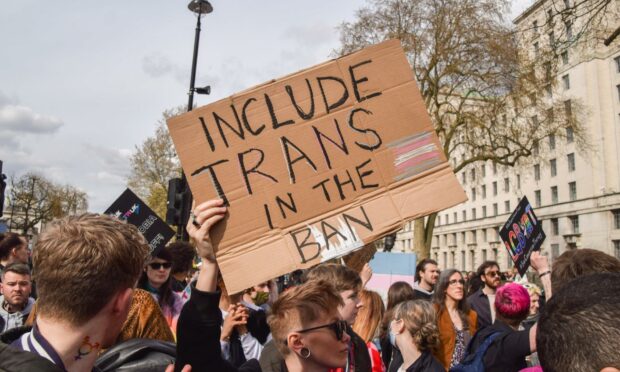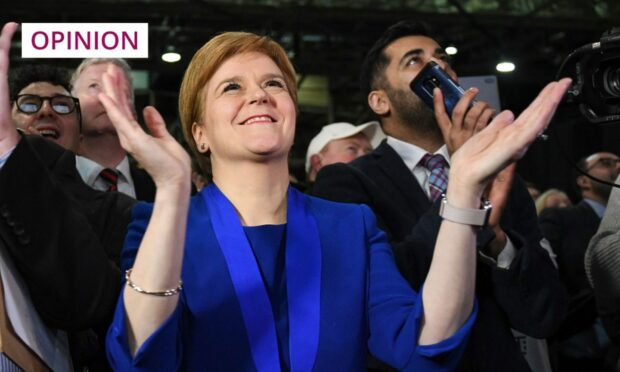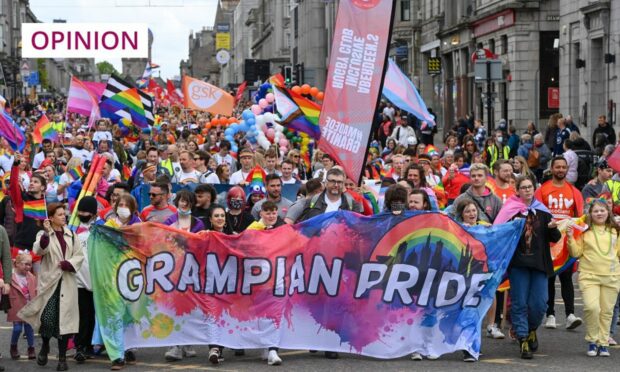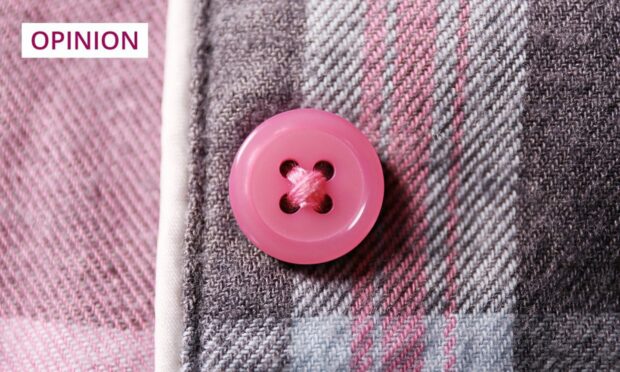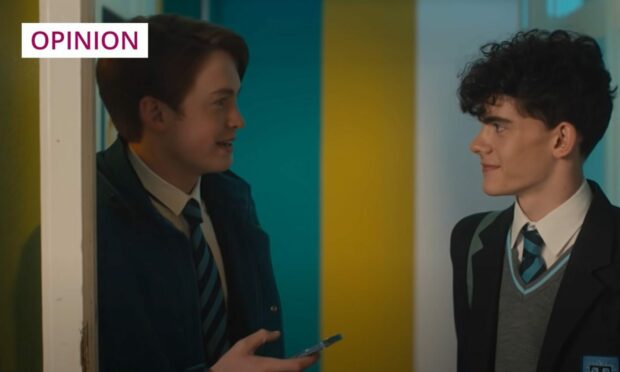The UK Government have backtracked on their promise to ban conversion therapy for trans people.
A government spokesperson described the issue as “legally complex”. Former Number 10 staffer, Nikki da Costa, said the legislation would create a culture of “fear” for adults working with children who have questions about gender identity.
The idea that conversion therapy is a “complex” concept is a diversionary tactic. At its core, the issue is exceptionally simple. This therapy is, in Boris Johnson’s own words, “repulsive and abhorrent”.
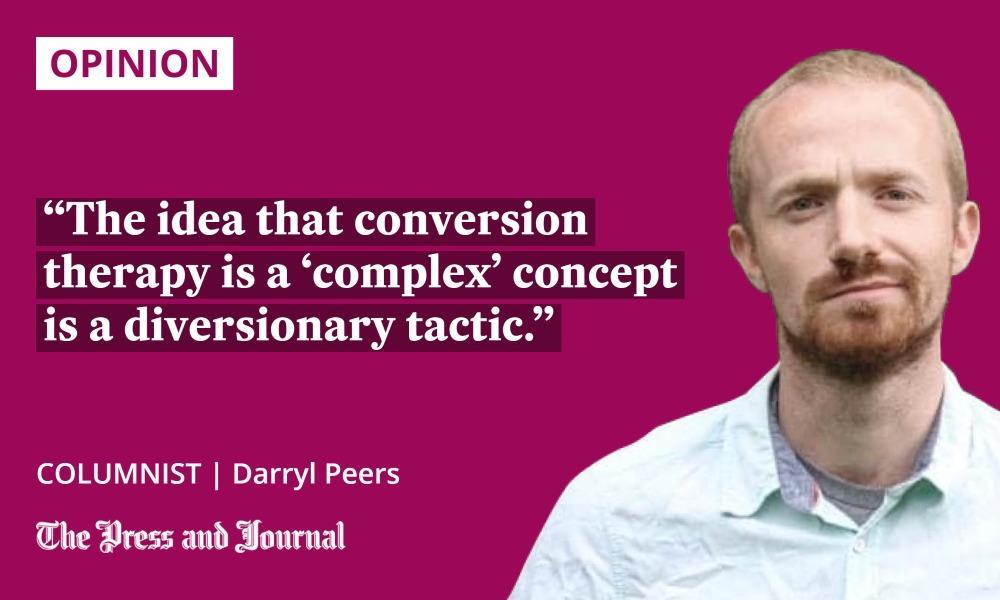 Conversion therapy is the practice of intending to make a person straight or cisgender, regardless of their wishes.
Conversion therapy is the practice of intending to make a person straight or cisgender, regardless of their wishes.
It is impossible to confuse with offering someone care and support as they explore their gender identity. Unless, of course, the “care and support” being offered is not care and support at all, but a covert attempt to patronise and control someone into believing that their gender identity isn’t what they feel it is.
The arguments against banning conversion therapy for trans people are, indeed, covert arguments for the continued legalisation of that therapy.
Boris Johnson's refusal to ban trans conversion therapy is another example of him fanning the flames of hate in an attempt to divide-and-rule.
This cruel, callous and calculated tactic can be defeated by showing him that our solidarity is stronger than their hate. #LGBWithTheT
— Zarah Sultana (@zarahsultana) April 7, 2022
The proponents of such arguments are often at pains to point out the “irreversible” and “life-changing” nature of decisions concerning gender identity. They describe trans children as “vulnerable” or “in need of support”.
If these statements have any truth, it is because the rigid and widespread policing of the gender binary in the UK makes being trans seem unduly exceptional. In so many facets of our lives, being cisgender is a prerequisite to being seen as “normal”, whether that’s in a professional, educational, or social environment.
We don’t realise that gender norms are drilled into us
Supposedly “gender-critical” groups exhibit a lack of willingness to leave the choice regarding gender identity to each individual. They demonstrate a profound fear of admitting that trans people have agency, that trans people make decisions knowingly.
They suggest that children need to be protected from making decisions of which they don’t understand the ramifications. However, children are not protected in our present systems: they are often parented and schooled into believing that their assigned sex expresses a wider range of normative truths about them.
Trans children have rumbled the social, judicial, and political forces that work to keep our gender binary in place. Far from being vulnerable, they exemplify a resilience and self-assurance that I find inspiring.
One only needs to spend time with any child for five minutes to see that they have a more fluid relationship to gender and identity than we develop as adults.
Playing with my five-year-old nephew at Christmas, I found myself in a game of “nursery”. During this game, he switched seamlessly between gender roles as he played one of the nursery teachers, one of the mums who dropped off their child, and then her boss when she arrived at work.
Imagine if, for instance, I had told my nephew he couldn’t be a mum in the game, or if I’d assumed he was switching to being a man when he changed into her boss.
It is so easy for gender norms, drilled into us to the point where we don’t realise that we actively perpetuate them, to be drilled again into the generations after us, without us noticing our role in passing them on.
Our unconscious biases, the way that they manifest in the structures of everyday British life, already provide obstacles for trans people to navigate. There is no need to authorise the explicit harm that is intended to trans folks by continuing to allow conversion therapy.
Other urgent conversations
While we deal with the UK Government’s hateful stance on this issue, we push down the line other urgent conversations. For instance, we need to interrogate whether the ascription of “gender dysphoria” to trans people pre-transition often situates them as unwell or struggling, fixing them as a disempowered minority.
It is unlikely that someone will tell you, by abusive and exploitative means, that you are not, in fact, cisgender
The difficulty and unease does not stem from anything inherent to a trans person. It is located within the structures and interpersonal dynamics which they experience in their everyday lives, where to be trans is to be marked out, or to encounter strain in relationships with intolerant others.
As a cisgender person with little attachment to maleness, I recognise that I consider myself as such at least partly because, in the UK today, it is the path of least resistance. It is unlikely that someone will tell you, by abusive and exploitative means, that you are not, in fact, cisgender.
Conversion therapy violently forecloses the possibilities for trans people to exist and flourish. It’s past time it was stopped.
Darryl Peers is a writer from the north-east of Scotland
